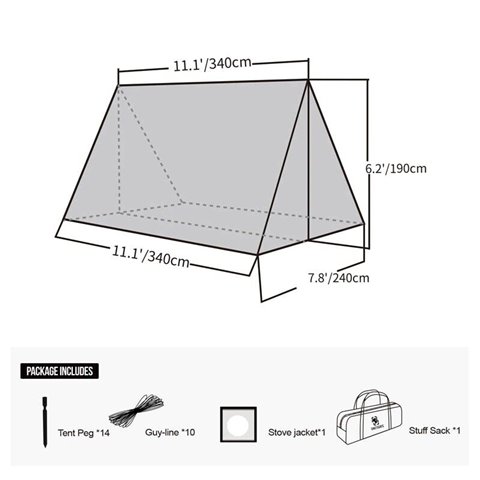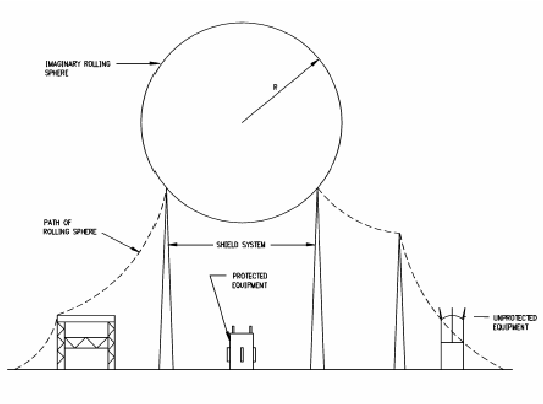In the US over the past 5 years there has been a trend to repair residential roofs with metal in place of shingles.
Here in Florida there does not appear to be any rules concerning grounding of residential houses with metal roofs, to provide lightning protection.
Lightning protection is used however on commercial building like hospitals.
Recent Insurance data for 2023 indicates that Florida leads the US in lightning related claims with over 6,000.
2023 Lightning claims for the whole of the US reached 1.2 billion dollars.
Do metal roofed residential housing have to be grounded?
 this sketch really is a tent, but ignore that. (I'm a scout leader.....)
this sketch really is a tent, but ignore that. (I'm a scout leader.....)